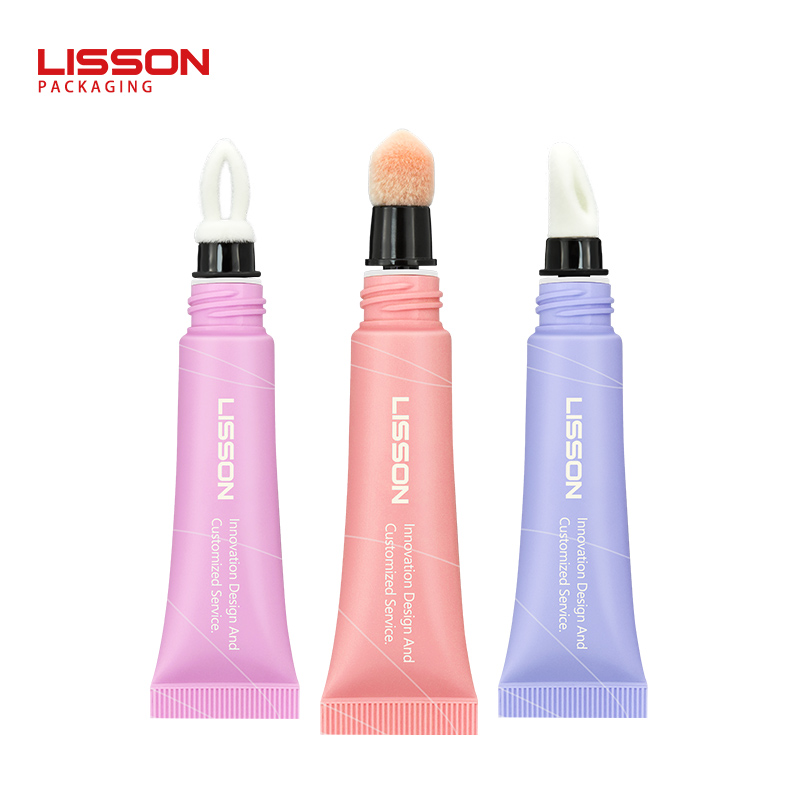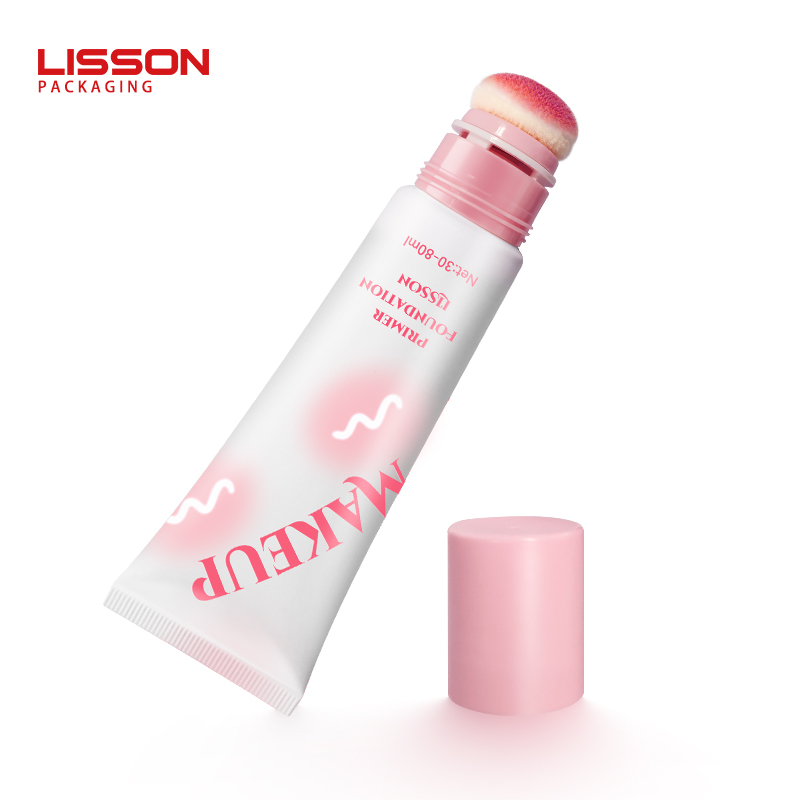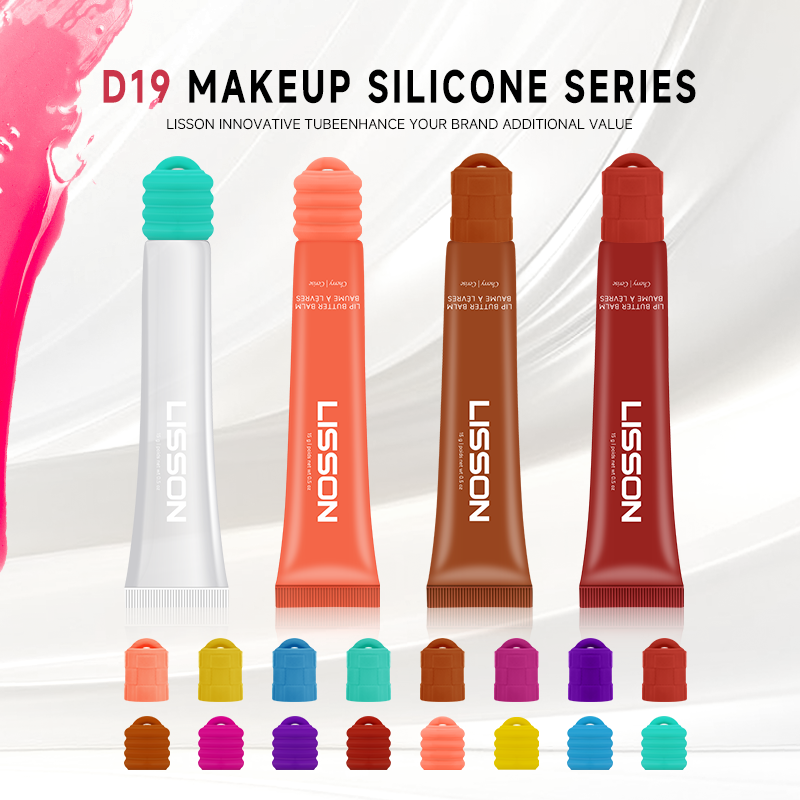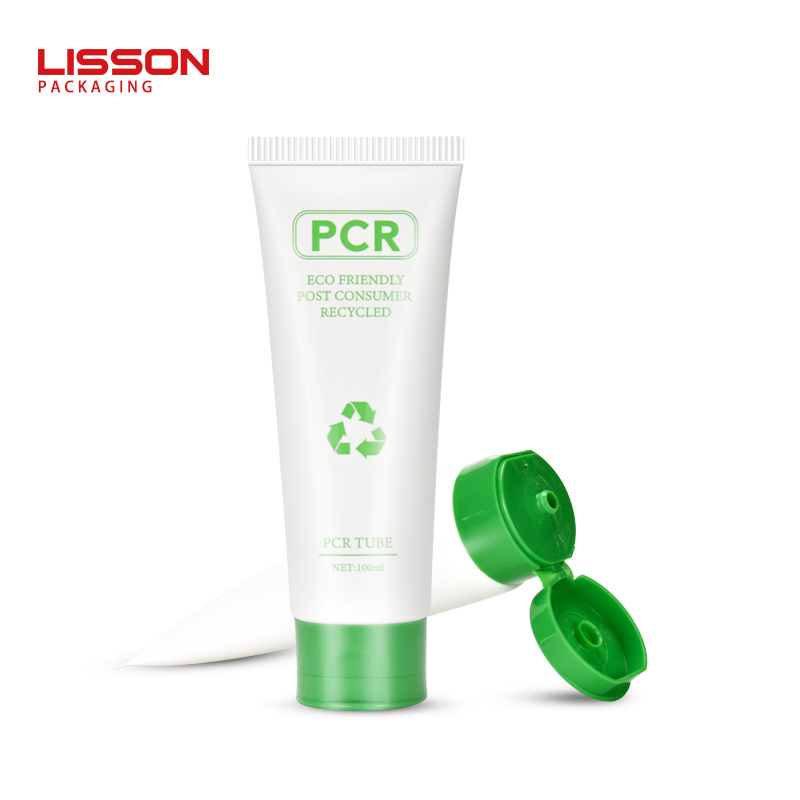The cosmetic industry is evolving rapidly, and so is the packaging that houses beauty products. In 2025, custom-branded cosmetic tubes are more than just containers—they represent brand identity, sustainability, and innovation. Selecting the right material for cosmetic tubes is crucial for both functionality and market appeal. Let’s explore the best materials used in the industry today, picked based from world’s top 100 cosmetic tube manufacturers and suppliers.
Sustainable & Eco-Friendly Materials
With the beauty industry's strong shift toward sustainability, many brands are prioritizing eco-conscious packaging. Here are the top sustainable materials:
Post-Consumer Recycled (PCR) Plastic Squeeze Tube
Derived from recycled plastic waste, reducing landfill contribution.
Retains the durability of traditional plastic while lowering carbon footprint.
Ideal for skincare, body lotions, and haircare products.
Sugarcane Bio-Plastic (Green PE) Tube
A plant-based alternative to petroleum-derived plastics.
Fully recyclable and carbon-neutral, making it a popular choice for clean beauty brands.
Best for moisturizers, serums, and organic formulations.
Perfect for brands focusing on minimalistic, biodegradable packaging.
Bamboo adds a natural aesthetic and enhances premium brand perception.
Suitable for lip balms, hand creams, and herbal skincare products.
100% Recycled Aluminum Squeeze Tube
Lightweight, fully recyclable, and highly durable.
Protects formulas from air and light exposure, extending product shelf life.
Ideal for luxury cosmetics, sunscreens, and pharmaceutical skincare.
Traditional & High-Performance Plastics
While sustainability is key, some brands still rely on traditional plastics due to cost efficiency and versatility. Some of the best-performing plastics include:
LDPE (Low-Density Polyethylene)
Flexible, squeezable, and commonly used for creams and lotions.
Resistant to moisture and oxygen, maintaining product integrity.
HDPE (High-Density Polyethylene)
Rigid yet lightweight, offering excellent chemical resistance.
Suitable for sunscreens, facial cleansers, and exfoliating scrubs.
MDPE (Medium-Density Polyethylene)
A balance between LDPE and HDPE, offering both flexibility and durability.
EVOH (Ethylene Vinyl Alcohol Barrier)
Used in multi-layer tubes to protect active ingredients from oxygen exposure.
Essential for serums, retinol creams, and vitamin C products.

Luxury & High-End Materials
For premium beauty brands, material selection goes beyond function—it’s about aesthetics and experience.
Metalized Plastic (Aluminum-Coated PE/PET)
Offers a glossy, high-end metallic finish.
Common in premium skincare and high-end foundations.
Glass-Like Acrylic Tubes
Provides a transparent, high-gloss effect similar to glass.
Used for luxury serums and anti-aging treatments.
Dual-Chamber Tubes
Designed for multi-step formulas (e.g., day/night creams, serums + activators).
Enhances user experience by keeping ingredients fresh until application.

Hybrid & Smart Packaging Materials
Looking ahead, hybrid materials and smart packaging are setting new trends in cosmetic tubes:
Refillable & Modular Tubes – Encouraging sustainability by offering easy-to-replace refill cartridges.
Temperature-Sensitive Materials – Tubes that change color based on exposure to heat or UV light.
QR Code & NFC-Enabled Packaging – Providing consumers with digital product info, tutorials, and recycling guidelines.

Copyright © 2025 Guangzhou Lisson® Plastic Co.Ltd | All Rights Reserved.
Hello, please leave your name and email here before chat online so that we won't miss your message and contact you smoothly.